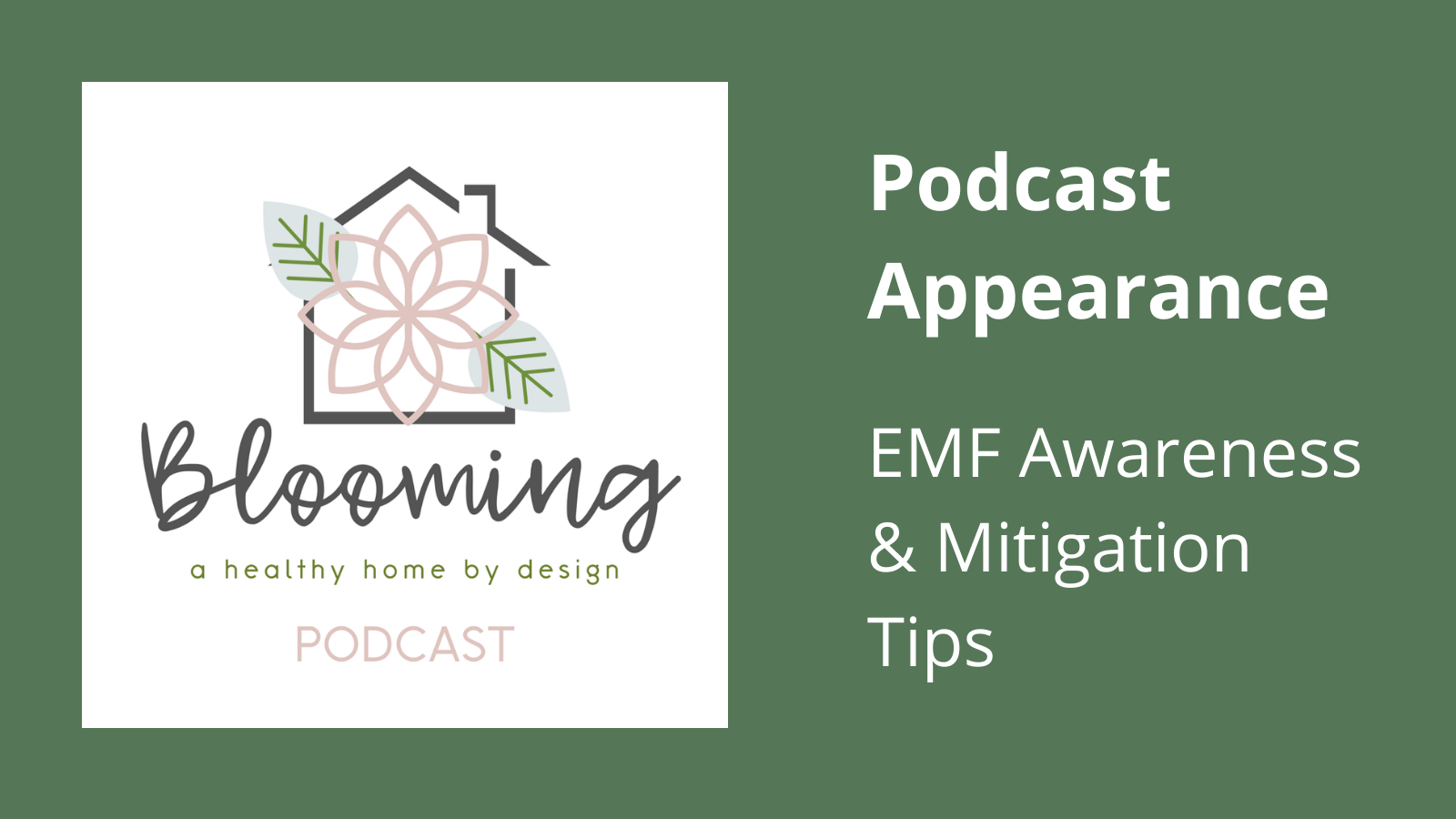25 Principles of Building Biology
25 Principles of Building Biology
Site and Community Design
- Verify that the site is free of naturally-occurring and human-made health hazards.
- Place dwellings so occupants are undisturbed by sources of human-made air, soil, water, noise and electro-pollution.
- Place dwellings in well-planned communities that provide ample access to fresh air, sunshine and nature.
- Plan homes and developments considering the needs of community, families and individuals of all ages.
Electromagnetic Field/Radiation Health
- Provide an abundance of well-balanced natural light and illumination while using color in accordance with nature.
- Minimize building material interference with vital cosmic and terrestrial radiation.
- Adopt appropriate strategies to minimize exposure to harmful Electromagnetic radiation generated as a result of building electrification.
- Adopt appropriate avoidance and shielding strategies to minimize exposure to radio frequency radiation generated by wireless devices within the building and from wireless sources outside the building.
- Avoid use of building materials that have elevated radioactivity levels.
Indoor Air and Water Quality
- Assure low total moisture content and rapid desiccation of wet construction processes in new buildings.
- Provide for ample ventilation.
- All building materials shall be non-toxic with neutral or pleasant natural scents using natural and unadulterated building systems and materials.
- Use appropriate water and moisture exclusion techniques to prevent interior growth of fungi, bacteria and dust mites. Techniques to favor mass flow-through envelope enclosures with high hygric buffering capacity.
- Assure best possible water quality by applying purification technologies if required.
Occupant Health and Well-being
- Allow natural self-regulation of indoor air humidity, sound attenuation and healthy ion balance using hygroscopic (humidity buffering) and sorbent materials and finishes.
- Design for a climatically appropriate balance between thermal insulation and thermal storage capacity.
- Plan for climatically appropriate surface and air temperature.
- Use appropriate thermal radiation strategies for heating buildings including passive solar wherever viable.
- Provide adequate acoustical protection from harmful noise and vibration.
- Utilize physiological and ergonomic knowledge in interior and furniture design.
- Consider proportion, harmonic measure, order and shape in design.
Environmental Protection, Social Responsibility and Energy Efficiency
- Materials and methods of construction shall promote human health and well-being from the extraction of raw materials, through to end-of-building’s life.
- Avoid the use of building materials that deplete irreplaceable natural resources or are being harvested in an unsustainable manner.
- Minimize energy consumption throughout the life of the building utilizing climate-based and energy efficient design, energy and water saving technologies and renewable energy.
- Consider the embodied energy and environmental life cycle costs when choosing all materials used in construction.
https://buildingbiologyinstitute.org/about/25-principles-of-building-biology/
Share:
Related Posts

Fifth Generation Technology
5G – Fifth Generation Cellular Technology What is it? What are the Heath Implications? How Do You Protect Yourself? Introduction: The coming of fifth generation

Tiny Healthy Homes
Tiny Healthy Homes are built and designed by one of my favourite clients (who is also local to Vancouver): Ben Garratt. He is excellent at

EMFs (Electromagnetic Fields): How EMFs Affect Your Health & Home Optimization – Interview with Stefan James
Stefan James It was a pleasure to work with Stefan and educating his audience about Electromagnetic Fields. A great overview of what I do when

Strategies to Health With Dr. Clayton Bostock
People are often over-thinking it when they’re trying to fix energy issues, hormones or a digestive condition. They think that because their issue has persisted

Talking EMF Awareness and Mitigation on the Blooming! A Healthy Home By Design Podcast
Talking EMF Awareness and Mitigation Recently I had the excellent opportunity of talking EMF awareness and mitigation on the Podcast, Blooming! A Healthy Home By


